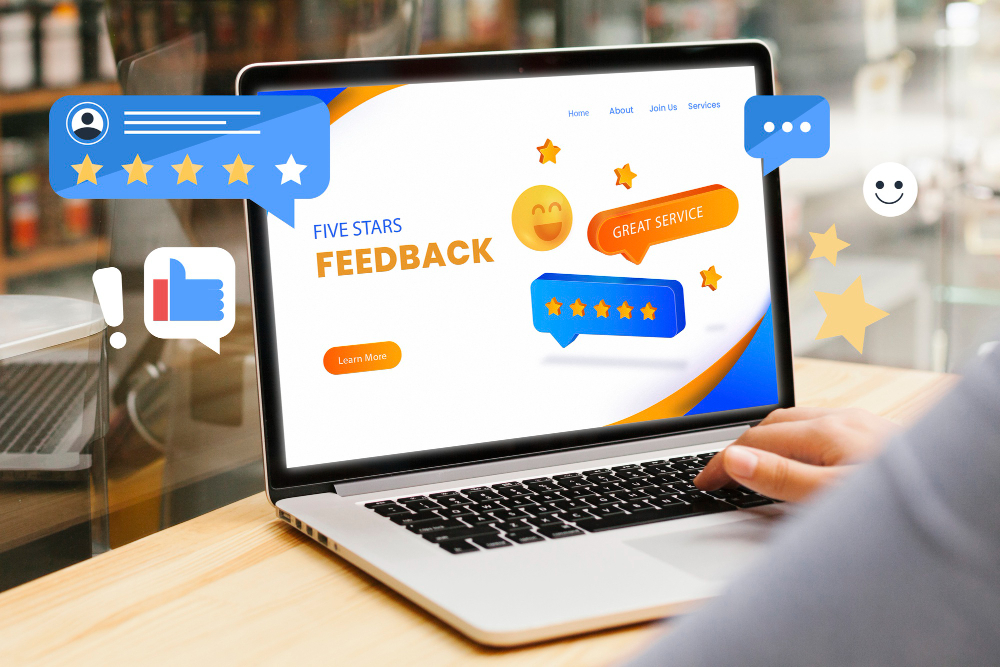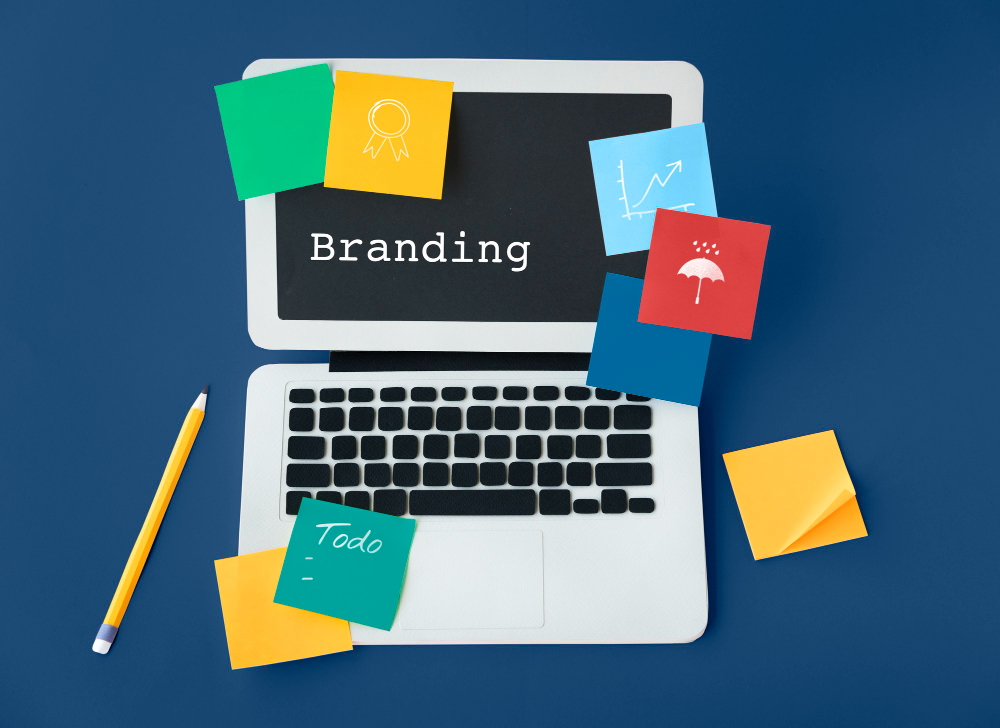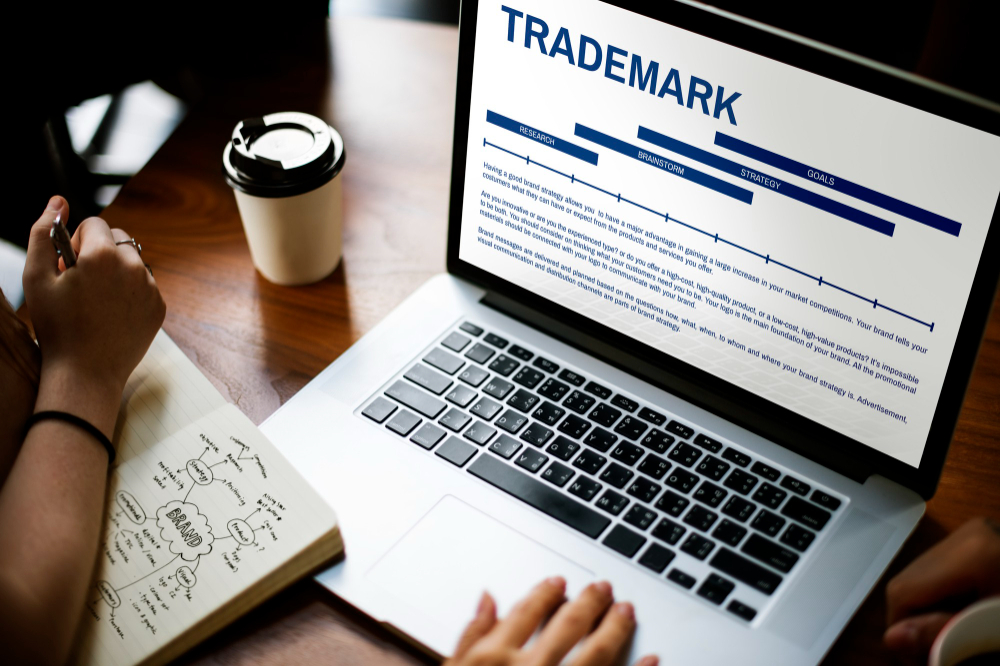Role of an Online Reputation Expert in 2025
Introduction
In 2025, the role of an online reputation expert has become more critical than ever before. With businesses and individuals under constant digital scrutiny, a single negative review, viral post, or misleading article can severely damage credibility and brand trust. People rely on search engines and social media for their first impressions, meaning an online reputation expert is not just an optional resource—it is a necessity for sustainable growth and protection against reputational risks. Whether you are a startup, a multinational corporation, or a personal brand, the digital landscape requires vigilance and expertise.
As this blog explores, we will break down the evolving responsibilities of online reputation experts, the critical strategies they employ, and the reasons why businesses cannot afford to ignore professional reputation management in 2025. From proactive monitoring to crisis intervention, these experts ensure that digital impressions align with brand values. If you want to safeguard your brand identity and strengthen your online presence, an online reputation expert is your most valuable ally. To learn more about how Aiplex ORM can help you build, protect, and enhance your reputation, explore our tailored ORM services today.
Things to Know Before Choosing an Online Reputation Expert in 2025
Before you decide to hire an online reputation expert, it is important to understand the fundamental elements that define effective reputation management in the modern era. With technological advancements, AI-driven insights, and new compliance standards, ORM is not just about suppressing negative content anymore—it is about shaping authentic and trustworthy digital narratives.
Below, we outline the essential factors you should consider before choosing the right professional or agency to handle your online presence.
Understanding Digital Reputation Management
Digital reputation management goes far beyond responding to bad reviews. It encompasses search engine visibility, social media conversations, brand mentions, and news coverage. An online reputation expert must understand the nuances of how digital platforms influence perception. In 2025, this includes emerging platforms like AI-driven review aggregators, video-first social channels, and even decentralized online forums that can impact credibility overnight.
Another key aspect is proactive monitoring. Instead of waiting for negative content to go viral, experts employ advanced tools that provide real-time alerts when your brand is mentioned online. This allows immediate engagement and mitigation, preventing small issues from escalating into major crises.
Importance of Brand Trust in the Digital Age
Brand trust is now one of the most valuable intangible assets a company can own. Consumers are increasingly cautious about which businesses they engage with, demanding transparency, authenticity, and ethical practices. An online reputation expert ensures your digital presence aligns with these expectations by curating positive narratives, authentic content, and credible partnerships.
Moreover, in industries such as healthcare, finance, and technology, where consumer confidence is critical, a single misstep can lead to long-term damage. Trust-building through ORM strategies is no longer optional but a necessity for survival and growth.
The Role of Social Media Monitoring
Social media platforms are where brand reputations are made or broken. An online reputation expert must be skilled in monitoring conversations across Facebook, Instagram, LinkedIn, TikTok, and emerging networks. By tracking hashtags, mentions, and engagement sentiment, they ensure your brand remains visible and positively perceived.
Social media monitoring also allows experts to identify key influencers, competitors’ strategies, and customer sentiment trends. This proactive approach enables businesses to position themselves favorably and engage with their audience authentically.
Crisis Management and Damage Control
No matter how strong your reputation strategy is, crises are inevitable. Whether it’s a product failure, data breach, or customer backlash, an online reputation expert is trained to handle high-pressure situations. In 2025, speed and transparency are the two pillars of effective crisis management. Experts craft immediate responses, issue clarifications, and control the narrative before misinformation spirals.
Damage control is not only about neutralizing negativity but also about reinforcing positive stories. Through well-timed press releases, social media statements, and influencer collaborations, ORM experts transform crises into opportunities for rebuilding trust.
ORM Strategies Tailored to Industries
Every industry has unique challenges when it comes to online reputation. For example, restaurants and hospitality rely heavily on reviews, while tech companies must address concerns about data privacy. An online reputation expert customizes strategies that fit industry-specific requirements, ensuring maximum effectiveness.
In 2025, personalization is key. One-size-fits-all ORM tactics no longer deliver results. Experts now design reputation frameworks that reflect your business model, audience demographics, and long-term vision.
Key Roles and Responsibilities of Online Reputation Experts in 2025
Online reputation experts in 2025 wear many hats, ranging from analysts to strategists and crisis managers. Their work involves a blend of proactive engagement, strategic communication, and technology-driven insights that keep your reputation resilient.
Monitoring Brand Mentions and Media Coverage
One of the primary responsibilities of reputation experts is continuous monitoring of brand mentions across news outlets, blogs, and social media platforms. They use AI-powered tools to detect shifts in sentiment and uncover potential risks before they escalate.
This monitoring allows businesses to stay informed about how they are perceived in the digital landscape. By analyzing both positive and negative mentions, experts help brands capitalize on opportunities and protect against threats.
Managing Online Reviews and Customer Feedback
Customer reviews carry significant weight in consumer decision-making. A single negative review can deter dozens of potential customers. Reputation experts ensure timely responses, turning unhappy customers into loyal advocates by addressing concerns quickly and effectively.
They also encourage satisfied clients to leave positive reviews on platforms like Google, Yelp, and Trustpilot. This proactive approach ensures a steady stream of credibility-building testimonials.
Crisis Communication and Narrative Control
When unexpected challenges arise, online reputation experts lead crisis communication efforts. They design messaging that reassures stakeholders while maintaining transparency. In 2025, narrative control is vital to countering fake news, deepfakes, and misinformation campaigns that can spread rapidly.
Effective narrative control involves deploying corrective information across multiple channels, engaging with journalists, and leveraging brand advocates to amplify accurate stories.
Building and Protecting Brand Image
ORM experts are not only concerned with defense but also with long-term brand-building. They help businesses craft authentic narratives, establish thought leadership, and showcase corporate social responsibility initiatives.
This proactive branding ensures companies are not only resilient in crises but also admired for their positive contributions to society.
Ensuring Compliance and Ethical Standards
In 2025, compliance with data privacy laws, advertising regulations, and ethical standards has become a critical aspect of reputation management. Reputation experts work closely with legal and compliance teams to ensure all communication aligns with regulations.
By upholding high ethical standards, they strengthen stakeholder trust and prevent reputational risks associated with non-compliance.
Top Benefits of Hiring an Online Reputation Expert
Investing in an online reputation expert offers businesses significant advantages. From financial gains to long-term resilience, the benefits extend across multiple dimensions.
Enhancing Customer Trust and Loyalty
Trust is the foundation of customer relationships. By ensuring that online narratives reflect honesty and authenticity, reputation experts help build long-term loyalty.
Satisfied customers are more likely to recommend brands, leave positive reviews, and engage repeatedly, leading to higher lifetime value.
Improving Search Engine Visibility
Search engine results are often the first impression of a business. Reputation experts optimize positive content to appear prominently while suppressing misleading or harmful information.
This visibility not only improves customer confidence but also enhances lead generation and sales opportunities.
Safeguarding Against Misinformation
In the age of deepfakes and AI-generated misinformation, businesses are vulnerable to reputational attacks. Online reputation experts are equipped with advanced tools to identify, report, and counter harmful content.
By actively safeguarding digital narratives, they protect brands from potential legal, financial, and credibility risks.
Driving Business Growth and Partnerships
A strong reputation attracts investors, partners, and new customers. Businesses with positive online profiles are more likely to secure collaborations, funding, and long-term contracts.
By positioning your business as credible and trustworthy, reputation experts unlock new opportunities for growth.
Emerging Trends Shaping Online Reputation Management in 2025
The field of reputation management is evolving rapidly, influenced by technology, consumer expectations, and global challenges.
AI and Automation in Reputation Monitoring
Artificial intelligence is revolutionizing ORM by automating sentiment analysis, keyword tracking, and competitor benchmarking. These tools enable experts to respond faster and more accurately.
Automation also reduces human error, ensuring consistent monitoring across multiple platforms simultaneously.
Fake News and Deepfake Detection
One of the biggest threats in 2025 is the rise of AI-generated fake content. Reputation experts now rely on advanced verification systems to detect and debunk fake news and deepfakes before they spread widely.
By swiftly countering misinformation, they preserve brand integrity and public trust.
Personalization and Consumer-Centric Approaches
Modern consumers expect personalized engagement. Online reputation experts now tailor responses, campaigns, and engagement strategies to individual customer segments.
This approach enhances relevance, fosters stronger connections, and improves overall brand perception.
Integration of ORM with Digital Marketing
In 2025, ORM is no longer a standalone activity but an integral part of digital marketing. Reputation experts collaborate with SEO, social media, and PR teams to align strategies for maximum impact.
This integrated approach ensures consistency in messaging and amplifies brand visibility.
Why Choose Aiplex ORM as Your Online Reputation Expert?
Aiplex ORM stands out as a trusted partner in the dynamic world of reputation management. With cutting-edge technology, experienced experts, and a client-first approach, we provide comprehensive solutions tailored to your industry and goals. From proactive monitoring to crisis intervention, our strategies are designed to protect, build and enhance your brand reputation.
We understand that every business faces unique challenges, which is why our solutions are fully customizable. Whether you are a growing startup, a well-established enterprise, or an individual seeking reputation management, Aiplex ORM has the expertise and tools to safeguard your digital identity. Partner with us to stay ahead in 2025 and beyond.
Conclusion
The role of an online reputation expert in 2025 is not just about managing negativity but about shaping a brand’s digital future. From crisis management and trust-building to emerging trends like AI-driven monitoring, these professionals are indispensable allies in an era where reputation is everything. Businesses that invest in expert ORM gain resilience, trust, and long-term growth.
Aiplex ORM is here to ensure your reputation reflects the excellence of your brand. With advanced strategies, ethical practices, and industry expertise, we help you control the narrative, safeguard your credibility, and build stronger connections with your audience. In 2025, your online reputation is your greatest asset—choose Aiplex ORM to protect and amplify it.








